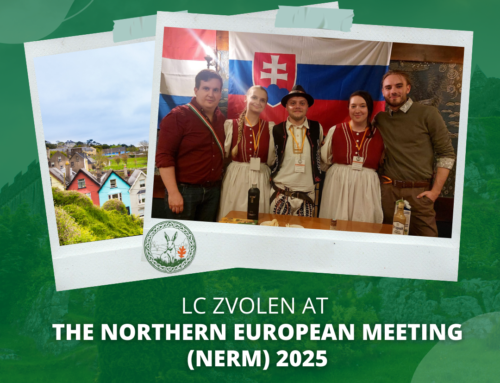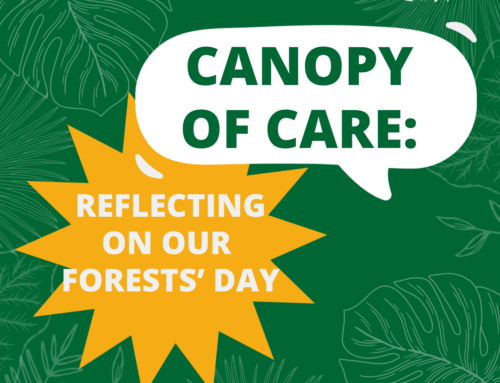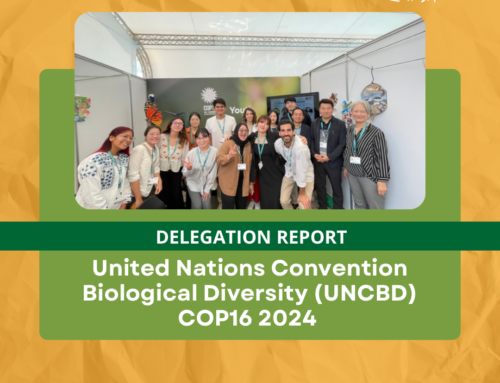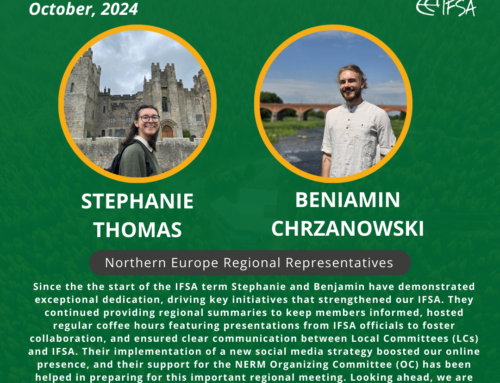Research, practice and perspectives on integrated forest management and urban foresty – Contributions by young researchers and practitioners
Vera Knill one of the Dare to Explore! trainees, is currently working with the EFI Urban forestry team. Read her account of an exciting session showcasing the work of young researchers and practitioners, that took place during the Urban Forestry Days.
This article was originally published on efuf.org on April 9, 2021:
https://efuforg.wordpress.com/2021/04/09/research-practice-and-perspectives-on-integrated-forest-management-and-urban-forestry-contributions-by-young-researchers-and-practitioners/
In the scope of the Urban Forestry Days (23 – 24 March 2021), young researchers and practitioners from around the globe shared their work amongst an international audience. Clive Davies, Chair EFUF International Steering group, moderated the virtual session and highlighted the relevance of giving young scientists a voice. From street tree pits to Peruvian ecosystem landscapes and LiDAR data – browse through all contributions in one playlist here or dive into it one by one:
Looking ahead to spring and summer 2021 – imagine yourself on a sultry afternoon in the middle of the city centre. A narrow street flanked by buildings might not look like the first choice to take to cool down – or does it? With an extensive range of impermeable hard surfaces in the urban environment, incoming solar radiation is easily trapped and retained, causing the urban heat-island effect, which negatively impacts a city’s liveability as well as health and well-being of its citizens through heat stress. With a multifunctional network of urban green and blue infrastructure stepping into place, heat-reduction measures can be taken. For instance, trees help mitigating heat stress at the street level through shade provisioning and the process of evapotranspiration.

Amelie Claessens (IUCN Urban Alliance; University of Antwerp, Belgium) examines the cooling effect of trees in street canyons with the help of the EUREC-air laboratory of the University of Antwerp and local citizen scientists. To do so, she measures temperature from April 2020 until April 2021 on 37 points throughout three adjacent street canyons with a similar orientation but with different numbers of trees. As a result, a high-resolution map of intrastreet variations will be created. With this map’s help, it will be feasible to carry out comparisons on a spatial and temporal scale, examining heat stress severity to humans. Eager to learn more? Watch Amelie´s contribution here or read more about her research here.
The benefits urban green infrastructure (GI) provides can be harnessed best when involving all stakeholders that benefit directly and indirectly from those. Public awareness is crucial for GI development to be perceived, understood and appreciated widely. However, GI knowledge is mostly shared among professionals. But what about the knowledge of urban residents and their interest in green infrastructure development in residential landscapes? Annie Yuan (University of Toronto, Canada) importantly explored this topic focusing on living green infrastructure (GI) as an emerging concept referring to trees and other vegetated spaces that provide a range of ecosystem services and therefore benefits to citizens. Annie surveyed residents living in the City of Philadelphia, PA, to find out more about what residents already know about the concept of GI and what environmental concerns exist to identify barriers and opportunities to GI development and its management in the long run. Results indicate that most people are interested in recreational aspects and aesthetic values of GI. Explore Annie’s contribution live or scroll through it here to find out more about the future opportunities for GI development in residential landscapes.
Speaking of recreation, there are many different ways that well-being and mental health can be enhanced through activities in woodlands. Becky Duncan and the team of Open Aye C.I.C, Scotland, use creativity in woodlands to enhance mental health amongst diverse groups in their project ‘Wellbeing Of The Woods’. Through a participatory approach and arts therapy practice, this project, supported and funded by Scottish Forestry, engages people from different countries and backgrounds in nature. The setting: Woodlands in Scotland. The equipment: A camera and a backpack packed with all you need for a one-day excursion. Since 2017, over 300 visits to woodlands have been carried out – take yours now.
Given the increasing recognition of tree-based ecosystem services, different politically-driven planting targets have stepped into place in cities worldwide. However, many initiatives neglect crucial topics such as available planting space and growing requirements. Hard landscapes and impermeable soil surfaces do not make tree planting an easy task. High mortality rates of young trees is therefore a common phenomenon. What can be done from an engineer’s perspective to counteract this trend? How can we increase tree growth and long-term survival to help trees reach their species potential and optimise ecosystem services delivery? Dean Bell (Centre for Sustainable Planning and Environments, University of the West of England) invites us to learn about his research on the role of multidisciplinary integration in achieving resilient tree pits in hard landscapes, reporting key concepts of engineered solutions through a literature-informed typology. This research’s key message is that multidisciplinary integration is fundamental in achieving climate-ready, resilient and multifunctional tree pit infrastructure in hard landscapes – read more here.
To adequately monitor and ultimately enhance and protect the ecosystem services provided by urban trees, it is paramount to put these services into the equation. Let’s take a look at the example of Poland: How did the relaxed legislation on tree cutting in 2017 impact urban trees and their provision of ecosystem services? Contributions by two young reseachers from Poland importantly assessed this development. Karolina Zięba-Kulawik (University of Agriculture in Krakow, Poland) used a methodology for combining remotely sensed data with field measurements to assess selected tree parameters to estimate ecosystem services (ES) provided by urban trees. The study team determined values of ES provided by trees in 2017 in Racibórz (Poland) and estimated the loss of ES in a period of changing legislation that temporarily allowed removal of trees on private property without permission from city authorities. A main conclusion drawn is that tree inventories require application of a combination of multi-source data analyses. Learn more about Improving methods to calculate the loss of ecosystem services provided by urban trees using LiDAR and aerial orthophotos.
Trees growing on private property have become an essential part of urban green policies. In many places, restrictions are imposed on tree removal on private property. Monitoring compliance of these regulations often results difficult due to a lack of reference data and public administration capacity. Using a method based on LiDAR allows for monitoring green areas, including private properties, despite these limitations. Patrycja Przewoźna (Adam Mickiewicz University, Poland) applied this method for the impact assessment of the temporary suspension of mandatory permits on tree removal, which was in force in 2017 in Poland. Explore the results about the use of bi-temporal ALS point clouds for tree removal detection on private property, highlighting the importance of regular monitoring of UTC for effective urban tree management. Interested to learn more? Read the full paper.
A new approach to urban green area management was presented by Paolo Viskanic (R3GIS Ltd). The EU-funded LIFE Urbangreen project is trying to improve urban green area management through innovative tools, which help to assess and maximise ecosystem services and prepare cities to better adapt to the effects of climate change. To put this into practice, the main objective is to develop and demonstrate in real-life an innovative technological platform to improve management of green areas in 2 European and one Asian city.

Ramona-Elena Scriban (University Ștefan cel Mare of Suceava, Romania) importantly assessed urban cultural values identified in the forest certification process. Using Romania as a case study, Ramona examined the role of the voluntary forest certification process for the identification of urban cultural values additional to the mandatory forest management planning process and discussed a range of practical examples. Curious about the results? Find out more here.
Last but not least, Sally Torres Mallma (Universidad Ricardo Palma, Peru) took participants on a trip to the Peruvian Lomas Ecosystems Landscape. Her research focuses on integrating Ecosystem-based Adaptation (EbA) in Lomas Ecosystems into urban policies for climate change adaptation. Taking into account Lima’s rapid and uncontrolled urbanisation as well as land traffic and inappropriate use, reflecting climate risk management and adaptation gets ever more important. Sally concluded that inside the landscape approach, Lomas Ecosystems within its environmental, social, and economical components should be considered.




